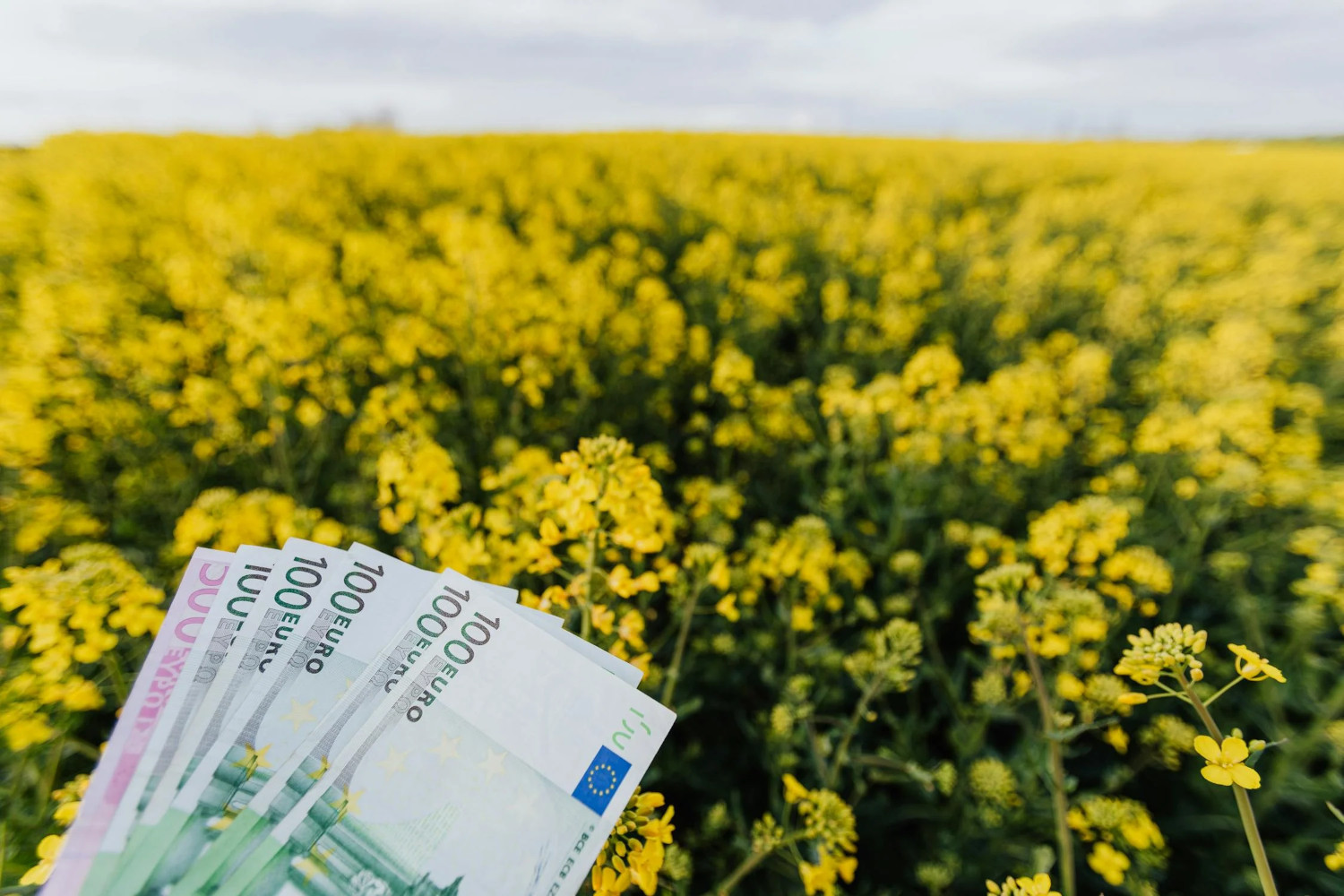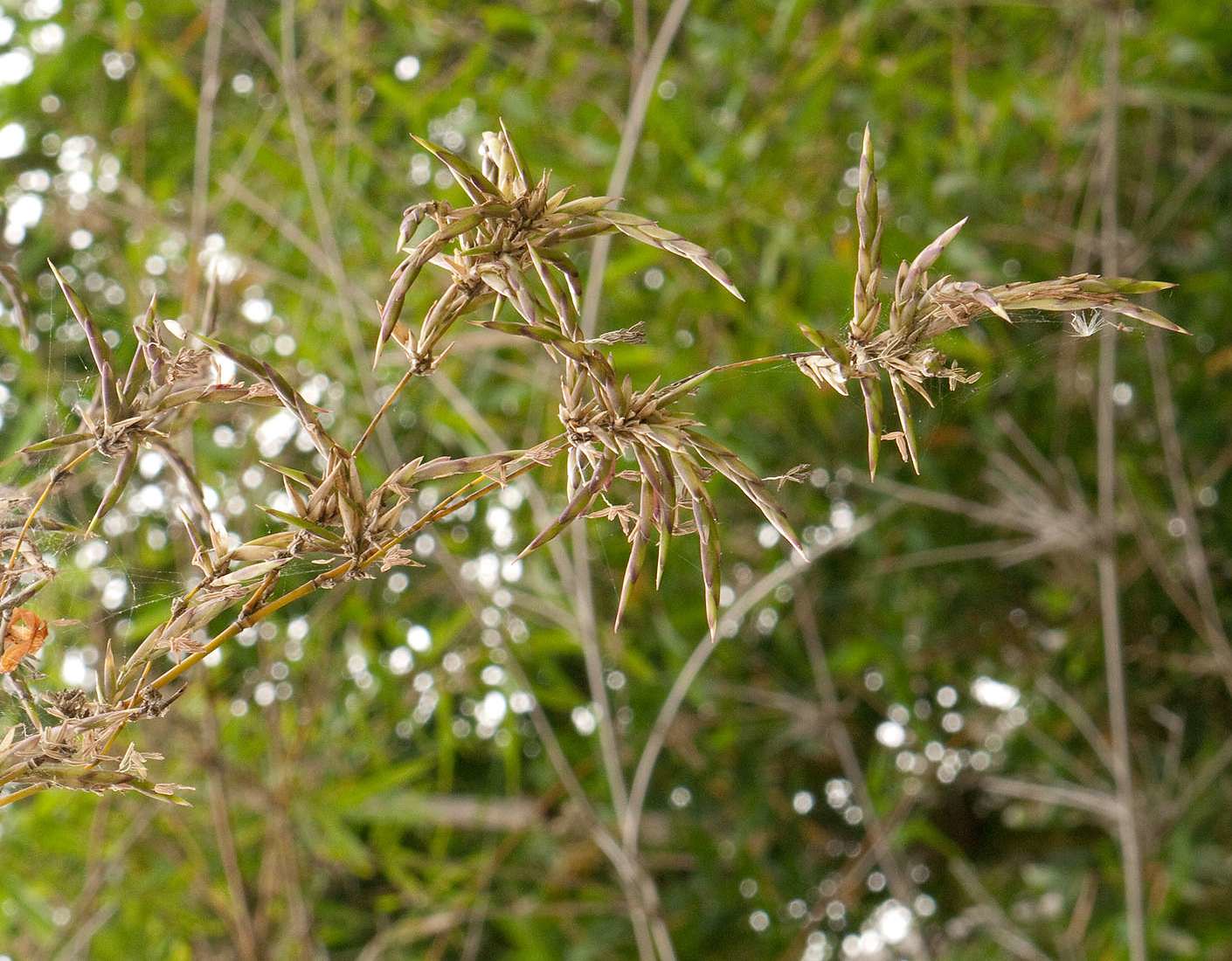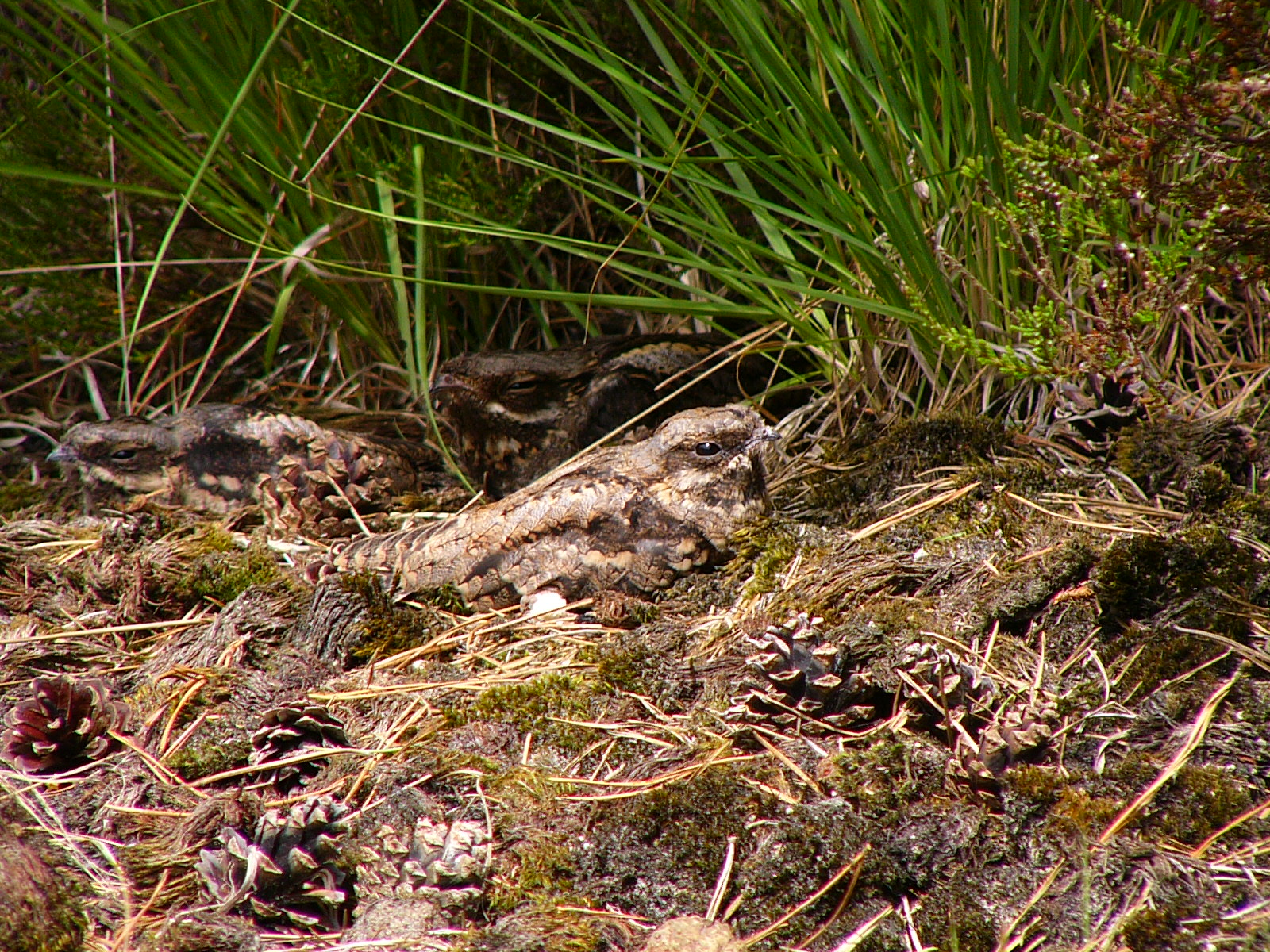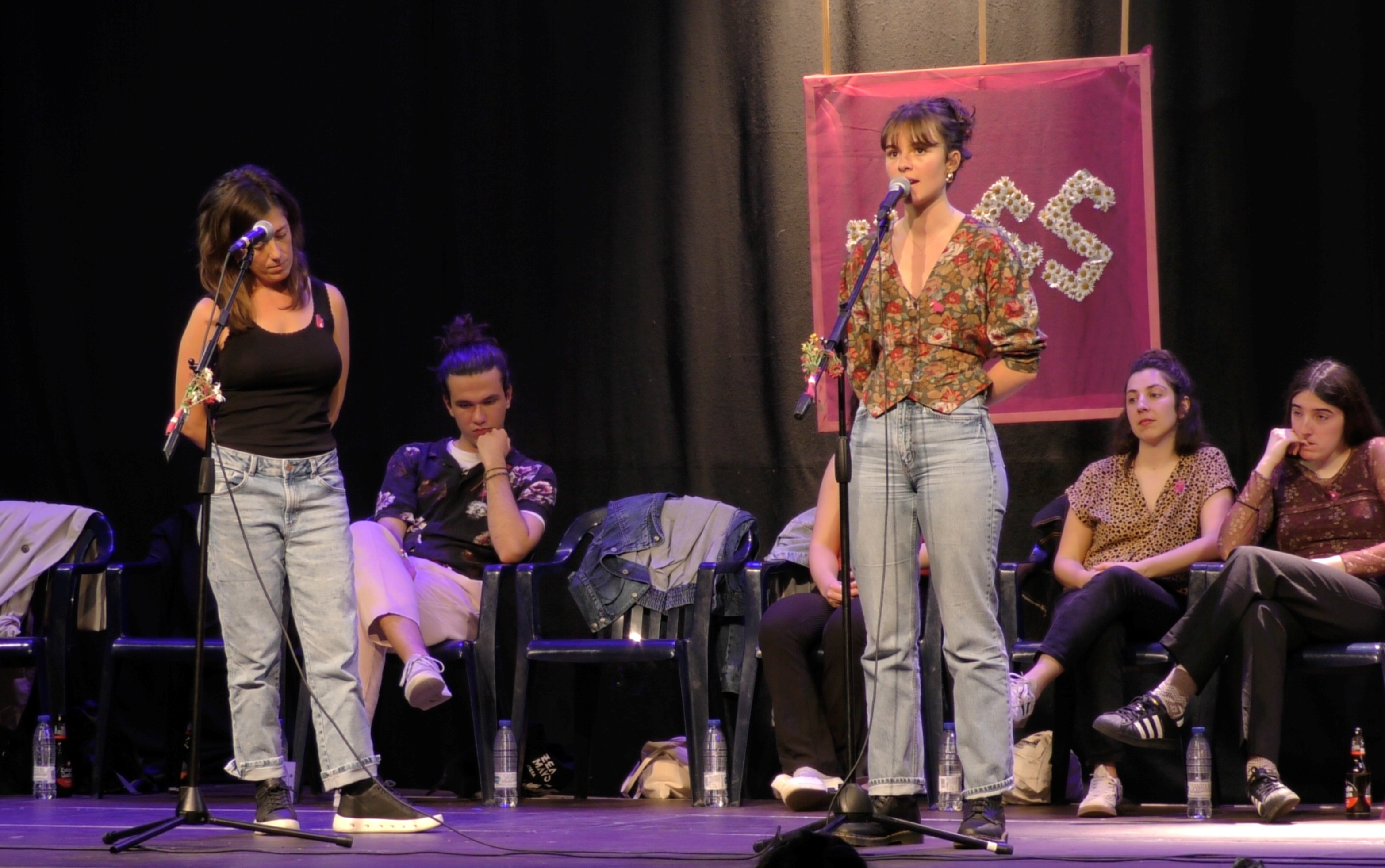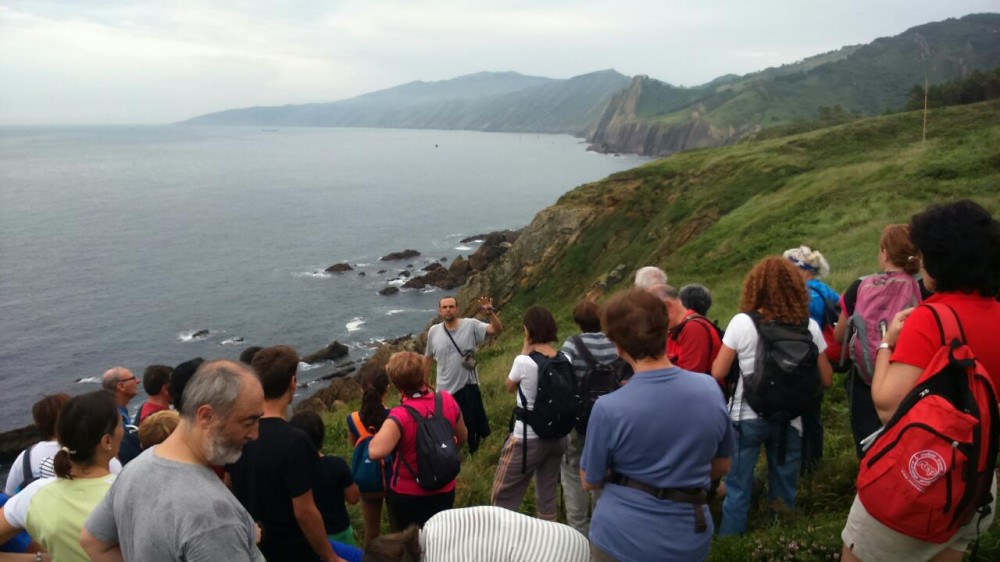Wildlife doesn’t return to depopulated rural areas as expected
- Over the past 75 years, 4 million square kilometres of agricultural land have been abandoned in the world ' s peripheral rural areas. If hitherto they have been abandoned mainly for economic reasons, climate change will increasingly lead to them. Could this massive but silent trend contribute to the fulfillment of global goals to protect biodiversity? The issue goes beyond human activity.

At the end of 2022, on the occasion of the COP15 Summit on Biodiversity, the agreement was agreed: they set the goal of leaving 30% of the planet without human activity, because Biodiversity Nº 2.813 of LA LUZ will not be protected as a precaution, leaving 30% of the planet without inhabitants as we mentioned in the report. The Convention raised concerns about the rights of indigenous people, as indigenous people are often expelled if an area is designated as a safe haven.
Two rather incompatible conceptions of the relationship between human beings and biodiversity appeared in the debates: one that contrasts biodiversity with the influence of human beings, which is necessarily harmful to biodiversity, to a lesser or greater extent, and the other that says that human beings can preserve and extend biodiversity. Several studies have shown that indigenous people, who make up only about 5% of the world’s population, live in territories that host about 80% of the world’s biodiversity – mainly in tropical areas – and that their traditional ways of life support biodiversity in various ways.
In systems closer to us, for example in rural Europe, how is the relationship between human beings and biodiversity? This topic became hot during the growers’ demonstrations of the last months
In that report we mentioned the Amazon, as well as the canal systems of the Alpujarra mountain range of Andalusia, which, through the transformation of the humidity of its soils, gave rise to richer ecosystems. But we have these examples far away in space –the Amazon– or in time –pre-industrial canals in the mountains.
In systems closer to us, for example in rural Europe, how is the relationship between human beings and biodiversity? This issue became hot during the growers’ demonstrations of the last months, since according to the promoters of the industrial model, more and more obstacles derive from the regulations for the protection of biodiversity, as explained in the report We have the question of the crop model in the base of the beneficence of the growers in LUZ number 2.859. In the French State in particular, the Agency for Biodiversity has suffered attacks: looted residences, threatened agents, and recently the Prime Minister has also criticized the work of these agents. Beyond the indigenous way of life, the hegemonic model of cultivation in our rural area has biodiversity as an obstacle.
When the rural areas are depopulated...
According to this approach, growers prefer biodiversity away from the fields. And from the perspective of the rural barriers on the other side, biodiversity advocates could imagine that if the cultivation stopped in one area, biodiversity would return, gradually reconstituting the original ecosystem. Could this be the case? This is the subject of study by the researcher Gergana Daskalova of the University of Göttingen. His grandparents had their home in Tyurkmen, Bulgaria. This town is an extreme example of the depopulation of peripheral rural areas: over the last hundred years it has lost more than 83% of its population. After the economic collapse of the 1990s, many young adults who lived there went looking for work in cities or Western Europe, often leaving their children with their grandparents.
His grandparents had their home in Tyurkmen, Bulgaria. This village is an extreme example of the depopulation of peripheral rural areas: in the last hundred years it has lost more than 83% of its population
Bulgaria is not, however, a global anomaly with regard to the eviction of rural areas: the world is increasingly urbanizing, half of the population now lives in the city, and in half a century about 70% can be urban. This reinforces the industrial model of cultivation in several regions – larger farms with fewer cultivators per hectare – but in the most peripheral areas – mountainous or unyielding soils, located far from the cities – it leads to the disappearance of cultivation.
Since the 1950s, 4 million square kilometres of farmland – almost the surface of the European Union – have been abandoned globally, with more than a quarter of it in the former Soviet Union.
A new factor of abandonment will be added to the economic reasons so far: climate change – especially if more and more activities cannot be insured. This phenomenon of great magnitude usually attracts very little attention, and there are few who study it as Daskalova. In particular, it describes the evolution of forests, vegetation and bird populations in 30 peripheral localities with different degrees of abandonment in Bulgaria, the others.
... biodiversity does not extend to everyone just in case
One of its main findings is that the evolution of landscapes and ecosystems is highly variable and differs according to activities prior to abandonment. In general, the jungles are widespread in most situations, as are the populations of birds and invertebrates associated with the jungles. Interestingly, biodiversity is most abundant in areas that used to be cultivated in an industrial model and with little diversity. On the other hand, in some cases the abandonment is followed by a decline in biodiversity. This is especially the case in “cultural landscapes” – that is, landscapes created by human activities in conjunction with the environment – and in “dense socioecological systems that have as their main characteristic the cultivation for self-consumption”, says Daskalova. He adds: “The long history of co-evolution of these margins and their people has created a great heterogeneity of habitats that can disappear as a result of abandonment, which can lead to the disappearance of scarce local species and the homogenization of biodiversity.” In fact, sometimes the cessation of cultivation can be followed by a highly hegemonic species, such as Solidago canadensis in Poland, which covers three-quarters of the surface of cultivated land. There the biomass of pollinating insects has decreased by 60%-70% and the number of birds has decreased by 50%.
In general, the jungles are widespread in most situations, as are the populations of birds and invertebrates associated with the jungles. Interestingly, biodiversity is most abundant in areas that used to be cultivated in an industrial model and with little diversity. On the contrary, in some cases the abandonment is followed by a decrease in biodiversity
In Daskalova's study of Bulgaria, the ailanthus (Ailanthus altissima) prevails in large areas, leaving this invasive tree with little space for other species. On the contrary, in the socio-ecological systems to which it refers, forage pastures can shelter more biodiversity than pastures specifically cultivated to house biodiversity.
The question is not, therefore, whether or not there is human activity in a space, but rather heterogeneity and diversity. We can find this in an old, untouched jungle, as well as in a “cultural landscape” of subsistence farming. And there are homogeneous areas with little species in an urban lawn cut every month, as well as in a former field covered with invasive plants.
Bolo-bolo dabil energia berriztagarrien hedapenaren inguruko eztabaida. Sarri askotan, iritsi den proiektu zaparrada desordenatuak eragindako artegatasunak bultzatuta, albiste zein iritzi-artikulu mordoaz gain, hitzaldiak, eztabaidak, mahai inguruak, bideo emanaldiak eta abar... [+]
Eskola inguruko natur guneak aztertu dituzte Hernaniko Lehen Hezkuntzako bost ikastetxeetako ikasleek. Helburua, bikoitza: klima larrialdiari aurre egiteko eremu horiek identifikatu eta kontserbatzea batetik, eta hezkuntzarako erabiltzea, bestetik. Eskola bakoitzak natur eremu... [+]
Komunitatea bildu, pilpilean dauden gaiez hitz egin, informazioa trukatu eta beste herrien esperientziak ezagutzea da herritar kritikoek egiten duten lehen ekintza, makroeoliko bat herrian jarriko diotela jakiten duenean. Halaxe egingo dute martxoaren 13an Andoainen: mendi... [+]
Petrolio-ontzi batek eta zamaontzi batek elkar jo dute astelehen goizean Ipar Itsasoan, Ingalaterrako ipar-ekialdean. Talkak Jet-A1 erregaia zuen petrolio-ontziaren tanke bat apurtu du eta kezka da nagusi, izan ditzakeen ondorio ekologikoengatik.
Gaur abiatu da Bizi Baratzea Orrian kide egiteko kanpaina. Urtaro bakoitzean kaleratuko den aldizkari berezi honek Lurrari buruzko jakintza praktikoa eta gaurkotasuneko gaiak jorratuko ditu, formato oso berezian: poster handi bat izango du ardatz eta tolestu ahala beste... [+]
Euskal Herri mailan txikitik handira agroekologia sustatzen duten zenbait elkarte eta kooperatiba ataka larrian daude, finantziazio iturriak bertan behera geratu ostean. Erakunde publikoetatik, berriz, elikadura negozio gisa ikusten duten proiektuen aldeko apustu irmoa nabari... [+]
Noizbait. Noiz izan ote zen? Noizbait landareren batek lorea egitea erabaki zuen. Bai, bai, landareek ere erabakiak hartzen dituzte, eta guk maiz ez bezala, erabakiak bete egiten dituzte. Eta loreak sortu zituzten.
Iruñean bizi ziren Iñaki Zoko Lamarka eta Andoni Arizkuren Eseberri gazteak, baina familiaren herriarekin, Otsagabiarekin, lotura estua zuten biek betidanik. “Lehen, asteburuetan eta udan etortzen ginen eta duela urte batzuk bizitzera etorri ginen”, dio... [+]
Katalanen ustetan artzainak engainatzen omen ditu hegazti honek: “enganyapastors”. Espainiar eta latindarrek, aldiz, ahuntzari esnea kentzen diola diote, hortik datorkio hain zuzen ere izen zientifikoan (Caprimulgus europaeus) islatzen den caprimulgus (capra... [+]
Josu Estarrona EH Bilduko Arabako senatariak egindako galderari erantzun dio Espainiako Sustapen Ministerioak, eta hor berretsi du Ezkioko aukera zailtasunez beteta dagoela.
Festa egiteko musika eta kontzertu eskaintza ez ezik, erakusketak, hitzaldiak, zine eta antzerki ikuskizunak eta zientoka ekintza kultural antolatu dituzte eragile ugarik Martxoaren 8aren bueltarako. Artikulu honetan, bilduma moduan, zokorrak gisa miatuko ditugu Euskal Herriko... [+]
Laudion, Aiaran eta Okondon izango du eragina energia azpiegiturak eta plataformaren aburuz, proiektuak eta ingurumen-inpaktuaren azterketak gabezia garrantzitsuak dituzte.
Andeetako Altiplanoan, qocha deituriko aintzirak sortzen hasi dira inken antzinako teknikak erabilita, aldaketa klimatikoari eta sikateei aurre egiteko. Ura “erein eta uztatzea” esaten diote: ura lurrean infiltratzen da eta horrek bizia ekartzen dio inguruari. Peruko... [+]














